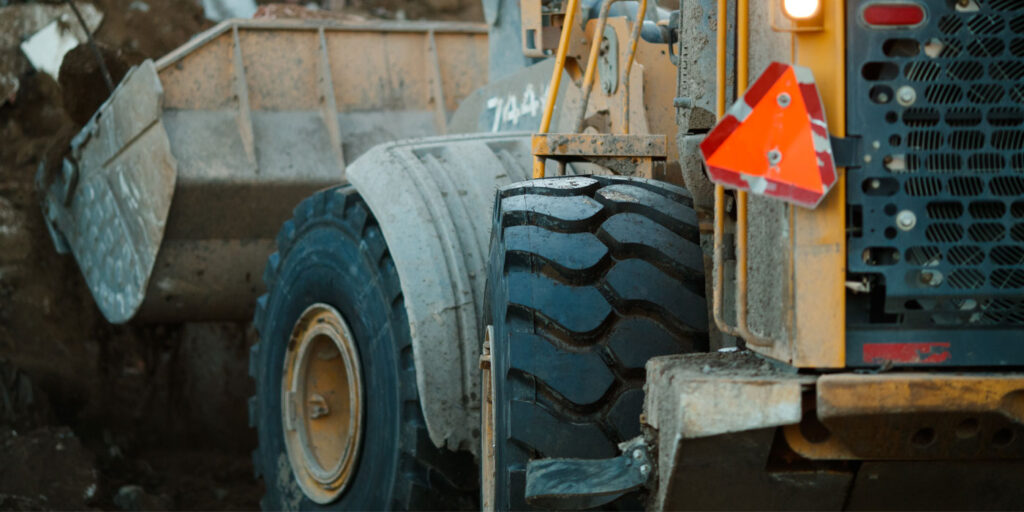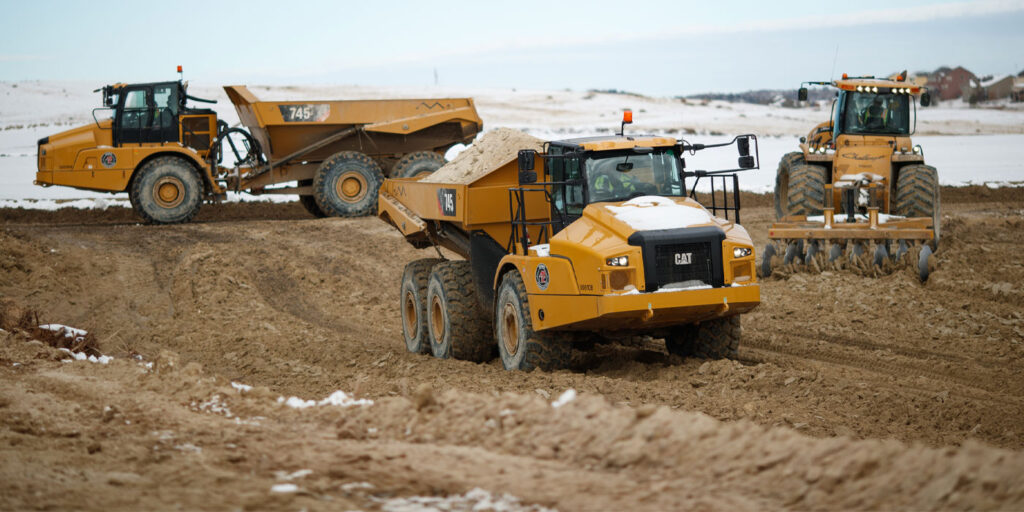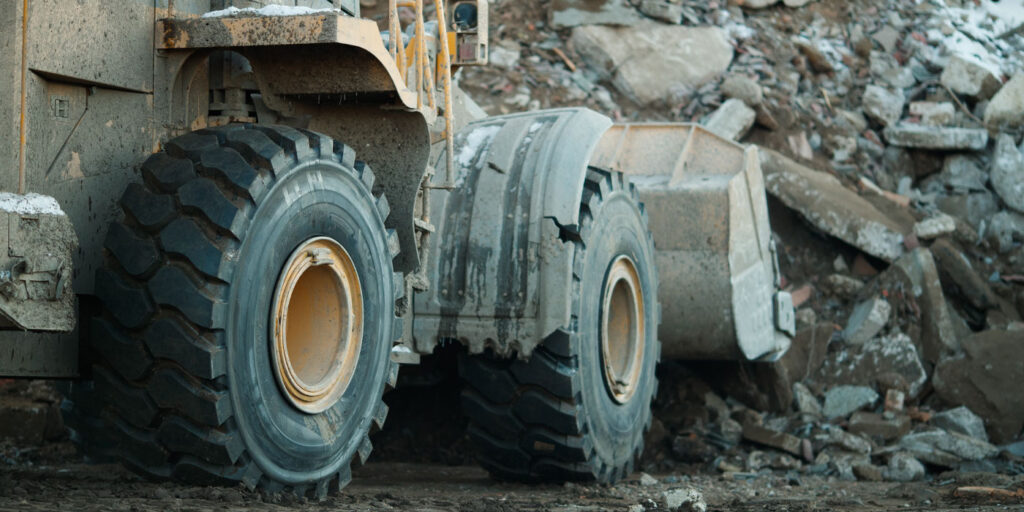After two years of probably the strangest logistics we’ve lived through—and a roller coaster ride of an economy—the OTR tire market is surprisingly robust. The construction industry has slowed down slightly, and there’s a lot of talk about a recession, but so far, we haven’t seen a lot of publicly or privately funded projects pull back, and quarries and mines are running hard. All that activity is good for the tire industry.
Where we might see the most “wobble” or impact of a recession is likely to be in construction’s version of what the trucking industry calls “the last mile,” the end work that’s done around buildings and roads after the big machines have done the heavy dirt work. That’s the realm of smaller equipment, the 25- and 29-in. tires where a lot of the OTR business lies.
Productivity
From massive earthmovers to little skid steers, every machine—and innovation—is geared toward maximizing productivity, and every tire has to contribute. When we look at how OTR tires have had to keep up with innovations in equipment, much of the challenge has been around torque, especially with loaders.
Some of the most exciting loader tire innovations have been around changing profiles to wider tires and larger rim diameters. We’re seeing sizes like the 875/65R29 moving 29.5R25s aside. You’ve got five more inches of width, approximately the same OD, and a shorter sidewall that gives you better torque delivery, better braking and more stability. That all contributes to greater productivity for the operator.
Compound chemistry is also critical. The push for higher load-carrying capacity and higher speeds are pushing innovations like stronger bonding materials within the casing to handle extra stress, and we’ve seen great advances in compounds that protect sidewalls in tough applications like underground mining.
Customers are demanding a higher degree of tire uniformity, contributing to handling, vibration reduction and operator comfort, all of which add up to higher productivity.

Electric Vehicles
The equipment industry’s focus on developing electric machinery will put everything we’ve learned about OTR tires to the test. Those machines are heavy, and they are powerful—electric equipment delivers a lot of torque and delivers it immediately. That puts a lot of stress on tires. We need to be designing, engineering and manufacturing with those challenges in mind.
Power savings will also be critical. Decades of relatively inexpensive diesel and gas have covered up some shortcomings when it comes to energy efficiency. But when operators are counting the minutes between charges on electric machinery, efficiency is going to matter like never before—rolling resistance, slip, anything to do with getting the most out of every kilowatt-hour.
New Faces
New machines are not the only changes we see on the job site. We are in an extremely tight labor market. That means construction, quarries and mines are going to be training new people. What that means for OTR tires is that we’re likely to see a lot of wear from hard braking, grinding turns and hitting piles hard while operators are in the learning phase. Just as important: Are those new operators being trained to check tire pressure? We in the industry know that is by far the best thing you can do to ensure full tire life. We need to encourage our customers to teach that to their employees.
The tire industry itself is subject to the same challenge. We’re going to see a generation of new technicians and salespeople. For us, safety has got to be first and foremost. Right behind safety will be the need to learn about the latest in tire technology and how to apply that technology to benefit customers—something manufacturers are going to have to help with. And finally, there’s communication, the most fundamental part of a successful business.

The Fundamentals
As enticing as new technology is, the fundamentals are still going to be key to success. You have to get out there and find out what your customer needs. For the dealer, that means talking to equipment owners to learn about their conditions, how they are using their tires and what contributes to their productivity.
Successful communication for a dealer is also making sure those customers are effectively using the technology they have invested in. Does your customer know what he has on his machine?
The farm tire business has given us a look at this challenge. VF technology, with its very high flexion sidewalls and low inflation pressure, has been proven to increase productivity and increase agricultural yields. But we have seen time and time again where farmers buy VF tires and just inflate them to the higher pressures they are accustomed to using. They are not up to speed on the technology, and as a result, they don’t benefit from all of its real potential.
Does your construction customer make conscious decisions between bias and radial tires based on cycle and conditions? Is your quarry customer making note of changes in surfaces, slopes and the quality of what they’re mining when they are choosing a compound? Are either of those customers inflating their tires based on load/inflation tables, or are they just using the pressures they have become accustomed to?
Communication
Fortunately, we each have the industry’s most powerful tool in our hands to help our customers be as safe, productive and as profitable as possible: a mobile phone. We can be in immediate contact with a foreman who can tell us he needs a tire now. We can send an inflation table to an operator with a couple of quick taps. At Yokohama Off-Highway Tires, for example, a salesperson in the field can look into our warehouse and check the up-to-date inventory of a specific tire through advanced online portals. That is immensely powerful.
As we work our way through the inevitable challenges of the coming year—whatever the economy throws at us, the hassles of hiring and training, projects that start or stop—the OTR tire business will continue to revolve around making sure customers get the tires they need. Customer service and communication will never be outmoded.
MORE: Port Tire Industry Grows as Shipping Industry Pressure Mounts














